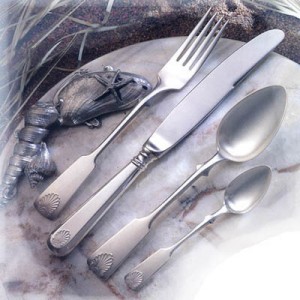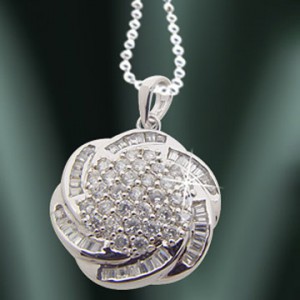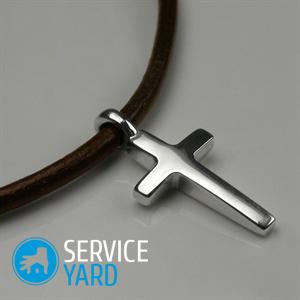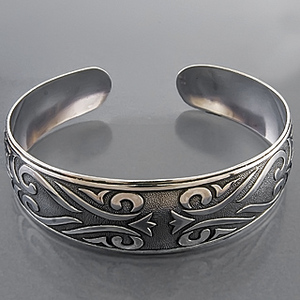How to determine silver at home 🥝 how to find out silver or not

- How to identify silver fakes?
- Method number 1. In appearance
- Method number 2. Magnetic test
- Method number 3. Ice check
- Method number 4. Chalk check
- Method number 5. We use a lapis pencil
- Method number 6. How to Test Silver with Iodine
- Method number 7. The use of sulfuric ointment
- Method number 8. Hydrostatic weighing method
- Method number 9. Chemical test
- Stock footage
Silver is a noble metal from which jewelry, as well as household items, and dishes are made. Although silver items are forged much less often than gold ones, sometimes it becomes necessary to verify the authenticity of an item located in your home or acquired on occasion. How to determine the authenticity of silver at home, we will describe in the article.
to contents ↑How to identify silver fakes?
How to recognize technical silver? In its pure form, silver is a very soft metal, so products from it will be fragile. One of the purest samples - sterling silver, consists of 92.5% silver and 7.5% copper. The alloy is much harder than pure metal, which allows it to be used in the production of coins, jewelry and other household items. Each product that is positioned as silver should be labeled with a stamp indicating a sample of metal. However, if there is no brand on the item, this does not mean that the product is not silver, it is simply made in a country where the mark is not required or the product itself is not certified.
Important! To determine the quality of a silver product with a mark, arm yourself with a magnifying glass and look at the numbers on the mark. According to international standards, the product is marked with numbers: 925, 900, 800. The numbers show the percentage of silver in the alloy:
- The number 925 means that the alloy contains 92.5% silver, and the rest is copper.
- The stamps 900 and 800 mean that the product contains 90% and 80% silver, respectively. Such alloys are considered monetary, since they contain a high proportion of copper.
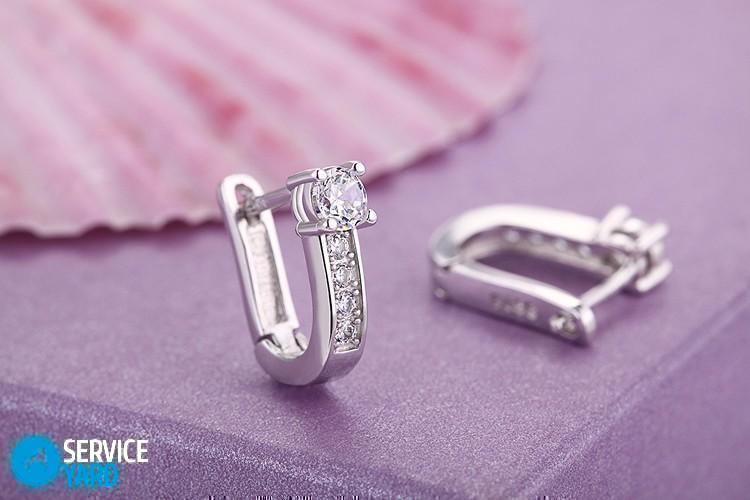
Sometimes even the presence of a mark with numbers does not give a full guarantee of the authenticity of the product. Therefore, it is better to use the physical properties of the metal and check the item at home. Consider the basic simple ways that will help answer the question of how to check silver at home.
to contents ↑
Method number 1. In appearance
Real experts are highly likely to determine the authenticity of silver by eye:
- Metal reflects light well, so it is very shiny. The color of the metal is silver-white. If the product is not cleaned, then it becomes covered with a dark film and becomes dull, with a pink tint.
- If you rub the cupronickel ware, then under a whitish top layer metal of a different color (usually pink) will appear. Chrome - gives a bluish tint, and nickel alloy - yellowish. Silver does not change color - both inside and outside it remains white.
- Check authenticity by touch: hold the item in your hand. Since silver conducts heat very well, after a while its temperature will equal the temperature of your body.
- Silver can be distinguished from aluminum by weight: silver is denser, therefore - in the hand it will be much heavier than aluminum, since the second metal is very light.
- The product, which many crooks mix in with zinc, will leave a slight plaque on their hands. Rub your finger on the silver jewelry: if the hand remains clean, then this is a genuine product, and if there is a darkened coating of zinc on the finger, then a very small amount of precious metal is mixed in the product with zinc.
- If you have good hearing, then throw the subject from a small height onto a hard, level surface. The sound when falling should be loud, loud, vibrating, but not deaf.
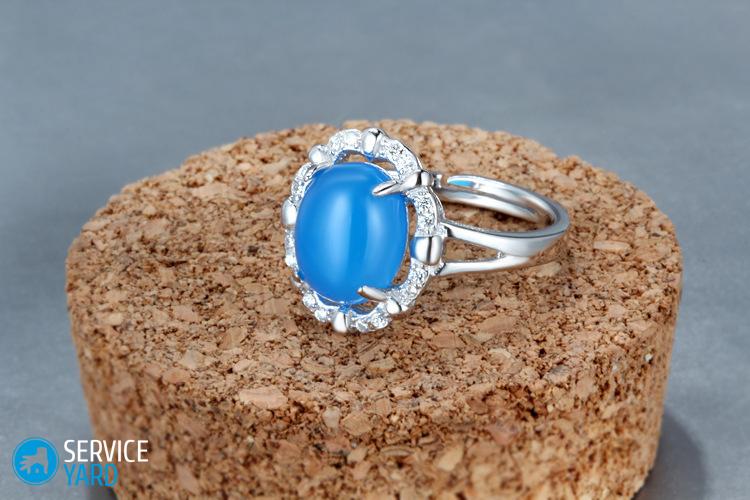
Method number 2. Magnetic test
If you are just going to purchase jewelry, then you can determine the authenticity of silver with a magnet. Swipe the decoration with a magnet.
Important! A genuine noble metal belongs to the category of diamagnetics and will not be attracted to a magnet.
If you need to verify the authenticity of a metal ingot, then use a magnet as follows:
- Place a bar of silver so that its smooth side is tilted at 45 degrees.
- Put the magnet on the smooth side.
Important! On a genuine ingot, the magnet slides down smoothly. The magnetic field of the magnet creates a braking effect, which slows down the slip.
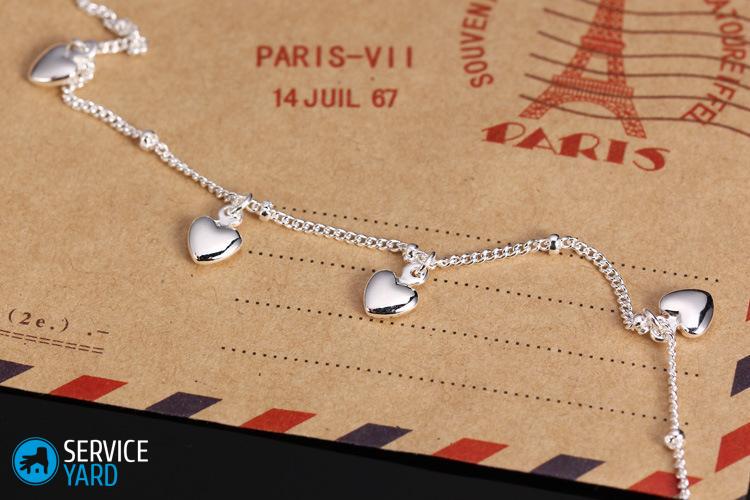
Method number 3. Ice check
Silver has the highest thermal conductivity among all metals. The ice test works well on bullion, coins, but poorly on small jewelry. Use this method if you are faced with the question of how to check a coin for silver left over from previous generations.
Keep the ice in the freezer until the moment of the test, and then proceed as follows:
- Get out the ice.
- Put a piece of ice on a silver object.
- Watch the ice carefully: it will melt, as if it were put on something very hot, although the metal itself has room temperature.
Important! If you notice that the metal began to change over time in color, perhaps this is not a sign of its poor quality. Read more in our separate publication on why the silver cross turned black or other jewelry made of such an alloy.
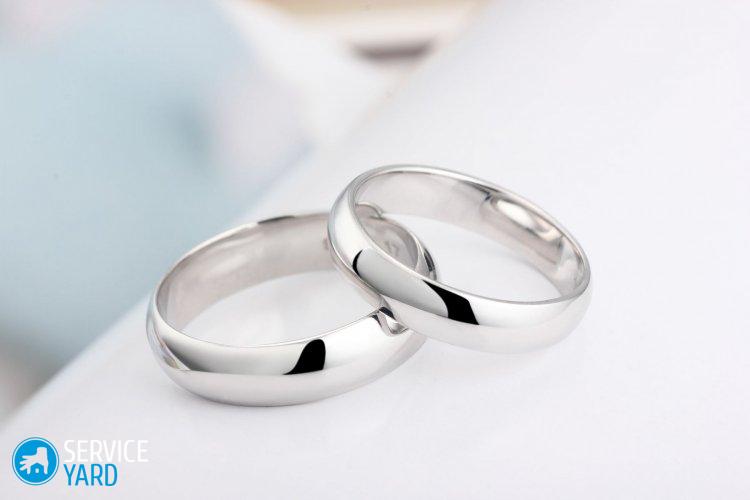
Method number 4. Chalk check
This is one of the simplest methods for determining the authenticity of a metal:
- Rub the silver product with chalk.
- If the chalk is blackened - this is real silver.
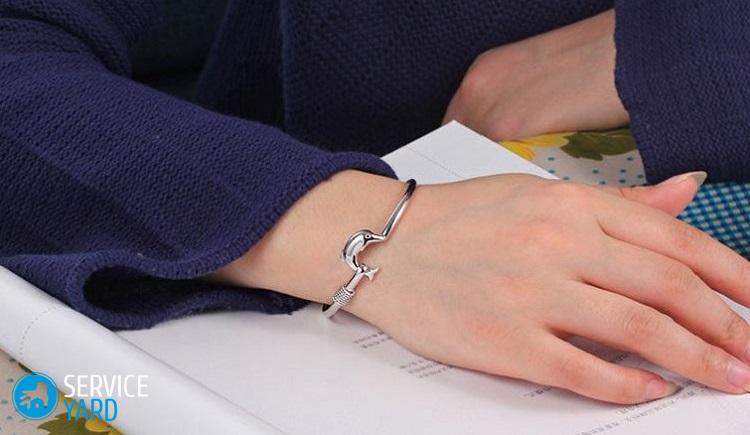
Method number 5. We use a lapis pencil
Instead of chalk, you can use a lapis pencil to determine silver for authenticity at home:
- Moisten the surface of the item.
- Swipe the tip of the pencil over the metal.
Important! After a few minutes, the noble metal should darken at the point of contact with the pencil.
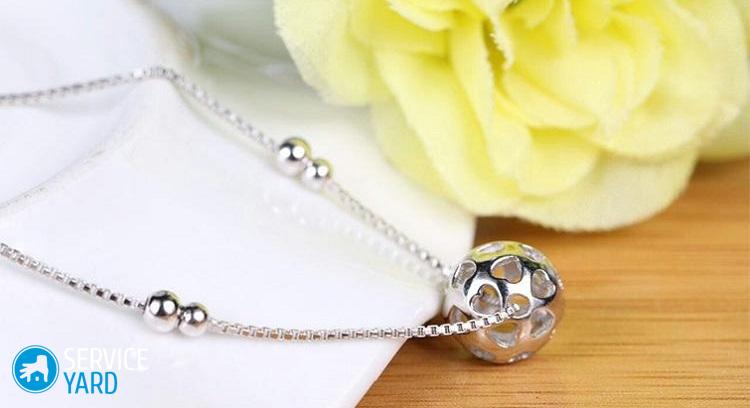
Method number 6. How to Test Silver with Iodine
Very few substances can affect precious metals. Iodine - has such properties. If genuine silver is anointed with iodine, a stain forms on it. The higher the concentration of silver in the alloy, the blacker the stain and the faster it will form.
Important! Use this method very carefully, as you can ruin a beautiful product. For the experiment, select an inconspicuous area and apply a minimum of funds with a cotton swab. After applying iodine, immediately wipe it off with a cotton pad. And you can proceed purification of silver from yellowness.
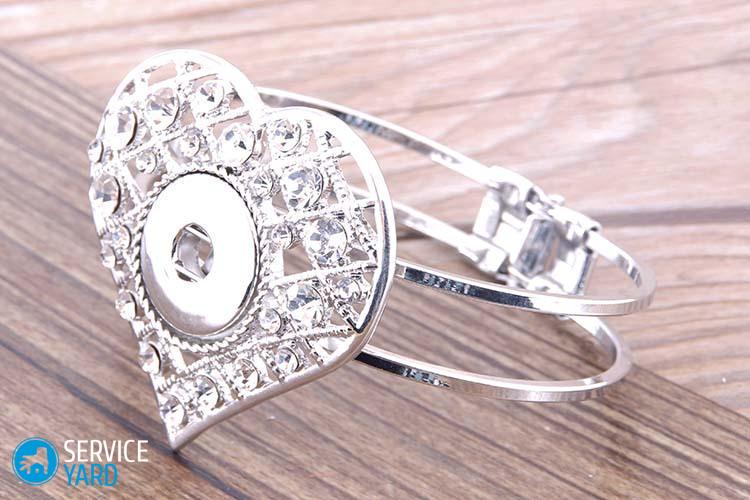
Method number 7. The use of sulfuric ointment
Sulfur ointment is sold at the pharmacy. To verify the authenticity of the metal, proceed as follows:
- Lightly rub the product with fine-grained sandpaper.
- Apply a small amount of ointment to the surface.
- Leave the item for 10-15 minutes.
- Inspect the surface: a dark spot will indicate authenticity, but there will be no such spots on nickel and stainless steel.
Important! A method using sulfuric ointment is risky, but effective. If silver is blackened under the influence of sulfur, then you can return the product to its original color by boiling an object with pieces of aluminum foil and adding soda.
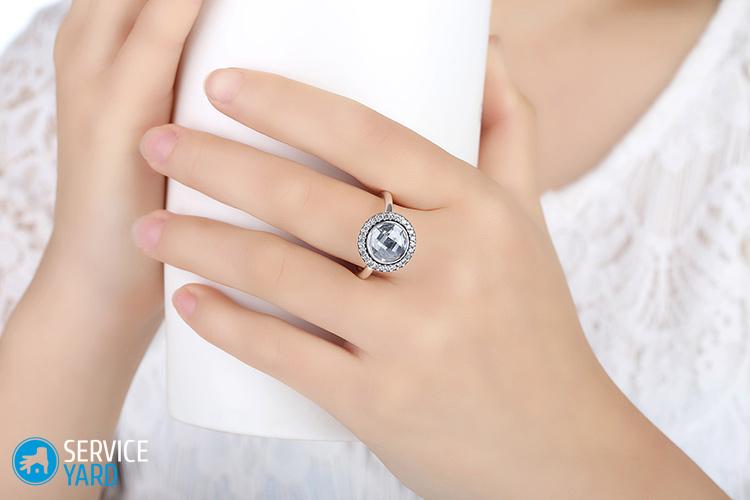
Method number 8. Hydrostatic weighing method
This method is based on the law of Archimedes. For its implementation, accurate scales are needed. The essence of the method:
- First weigh the item in the usual way and determine the dry weight.
- Immerse the product in water and determine the mass in water.
- Divide the dry mass by the difference of the two masses and get the density of the metal.
- The density value for silver should be 10.5. If the density is about 7 - in front of you, most likely, tin.
But did you know that today there are already many technologies for efficient and quick cleaning of precious metals? If you have many such products, be sure to read aboutultrasonic cleaning silver.
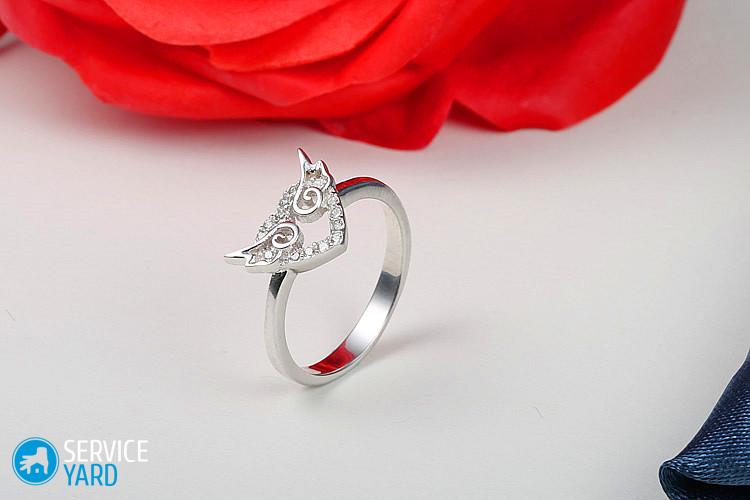
Method number 9. Chemical test
This method is used if you want to determine the authenticity of silver, and the product without a stamp. This method is rarely used at the household level. It is used mainly by jewelers and laboratory staff. But if you decide to do chemistry, then buy the usual silver test reagent and rubber gloves, since you will have to work with caustic acids.
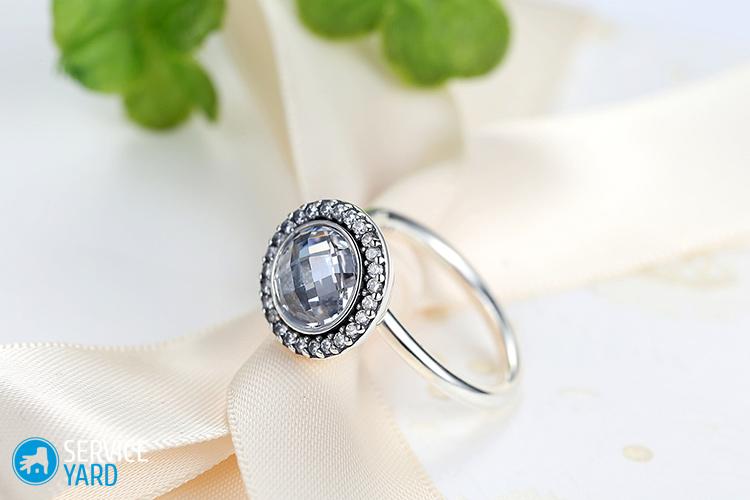
Instructions for use of the reagent:
- Remove the thinnest silver coating from the item. To do this, once draw a file over the surface.
Important! If you do not want to leave scratches on the product, then use a test stone. You can buy it in the same place as the reagent kit for the test. Rub the object against the stone to make a relatively large metal residue (several centimeters in length). In this case, apply acid to the trace that remains on the stone.
- Prepare assay acid: 1 part pure nitric acid and 1 part sodium dichromate or use a ready-made test.
- Apply acid to the part of the product from which a small layer of metal has been removed.
- The surface will shine as if polished.
- Rate the test results. Pay attention to the color of the surface on which the acid is applied. A color chart is attached to the instructions for using the test. Usually, it looks like this:
- Bright red color - pure silver.
- Dark red - 925 sterling silver.
- Brown - 800 standart.
- Green - 500 samples.
- Yellow is tin and lead.
- Blue is nickel.
- Dark brown is brass.
to contents ↑Important! Regularly updating your arsenal of jewelry, take care of proper care for them. We already thought about this in advance. Choose the appropriate methods from our selection, how to clean silver at home.
Stock footage
All available and known methods have one significant drawback - they are superficial and do not give a 100% guarantee that the product is not silver plated. To make sure that the item is made of silver, it is necessary to make a file and check the quality of the noble metal in the place of the file. Therefore, only one piece of advice - try to buy silver items in trusted locations. Let your life be genuine!




